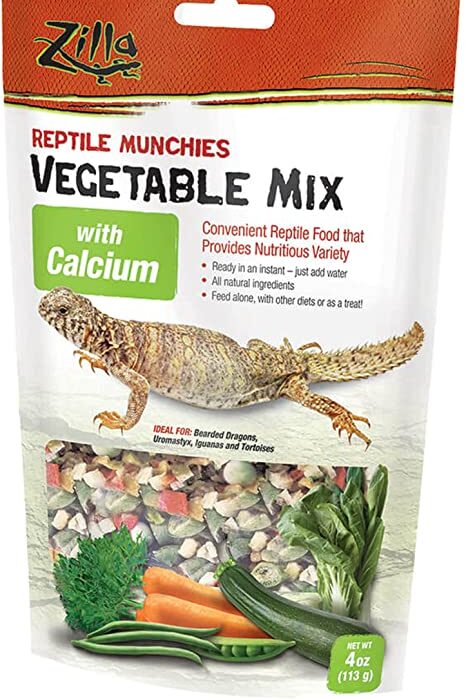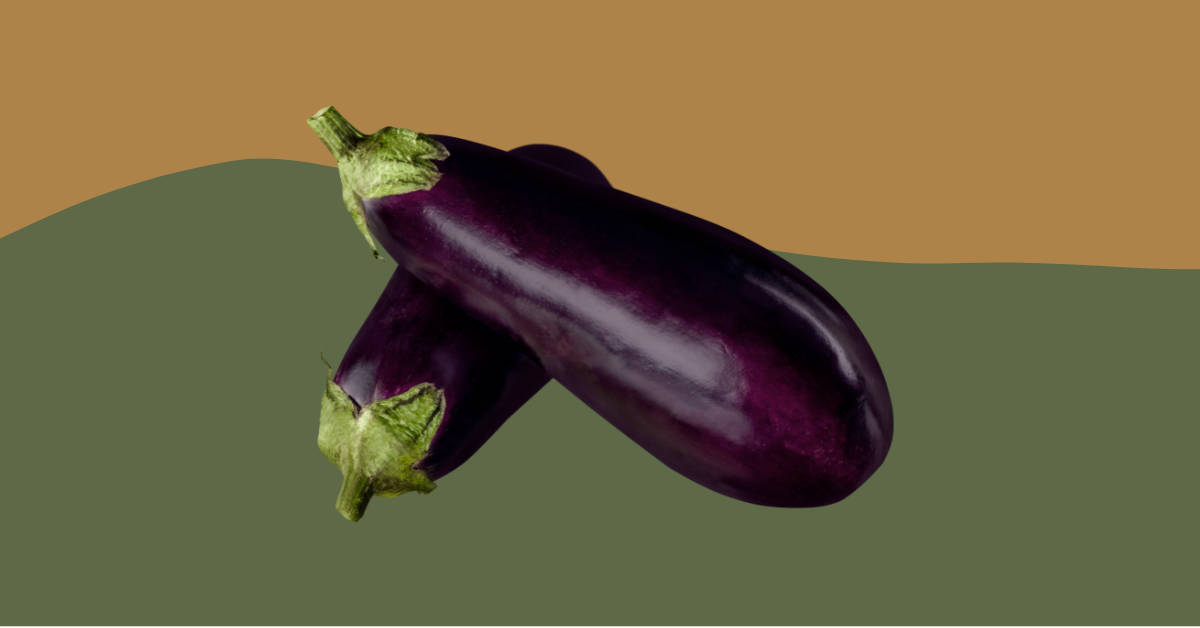Yes, bearded dragons can eat grass, but it should only make up a small portion of their diet. Grass should be given sparingly, not more than once a week, and it should always be fresh and pesticide-free.
Table of contents
Grass might not be the first thing that comes to mind when thinking about a bearded dragon’s diet. It’s a common part of many animals’ diets, but is it safe for bearded dragons? This article will provide the do’s and don’ts, learn about bearded dragon care, a step-by-step preparation guide, and find answers to frequently asked questions.
Related Article: Bearded Dragon Care: Expert Tips and Insights
Do’s
- Do give grass sparingly: While it’s safe for bearded dragons, grass should be only a small portion of their diet.
- Do ensure the grass is pesticide-free: Pesticides can be harmful or even fatal to bearded dragons. Always ensure the grass is free from harmful chemicals before giving it to your pet.
- Do wash the grass before feeding: Washing the grass helps remove potential dirt, bugs, or other contaminants.
Don’ts
- Don’t make grass a staple in their diet: Bearded dragons need a balanced diet, and too much grass can lead to nutritional deficiencies.
- Don’t give them grass from an unknown source: If you’re not sure if the grass is safe, it’s better to avoid it.
- Don’t feed them grass if they’re not interested: Bearded dragons have different preferences. If your pet doesn’t seem interested in grass, don’t force it.
Best Practices for Feeding Grass to Bearded Dragons
Following best practices when feeding your bearded dragon will ensure their safety and overall health. Here are some best practices to keep in mind:
- Variety is key: Bearded dragons need a variety of foods for optimal health. Grass can be a part of this variety, but it shouldn’t be the main focus. Make sure to include a mix of fruits, vegetables, and insects to ensure a well-rounded diet.
- Quality over quantity: Only feed your bearded dragon fresh, high-quality grass. Avoid grass that is wilting or discolored. Always double-check that the grass is pesticide-free, as chemicals can be harmful to your pet.
- Monitor your bearded dragon: Watch your pet closely after introducing grass into their diet. If they show any signs of discomfort or sickness, stop feeding them grass and consult a vet. Observe their eating habits to ensure they’re not overeating grass and neglecting other essential foods.
- Introduce grass gradually: Avoid giving your bearded dragon large amounts of grass all at once. Instead, gradually introduce it into their diet, starting with a few blades mixed in with their regular food. This helps their digestive system adjust to the new food source.
- Choose the right grass: Opt for grasses that are safe and easy to digest, like common lawn grass or wheatgrass. Avoid grasses with sharp edges or those that may be toxic to bearded dragons.
- Chop the grass: Cut the grass into small, manageable pieces for your bearded dragon to eat. This makes it easier for them to consume and digest the grass.
- Combine grass with other greens: Mixing grass with other leafy greens can encourage your bearded dragon to eat a more varied diet. This also helps ensure they receive a wide range of nutrients from their food.
- Observe changes in behavior and health: Pay attention to your bearded dragon’s behavior, appetite, and overall health after introducing grass into their diet. If you notice any concerning changes, consult a veterinarian for guidance.
Related Article: Bearded Dragon Feeding Guide: Nutrition Tips
Step-by-Step Guide to Preparing Grass for Your Bearded Dragon
Step 1
Source the grass: Ensure the grass is fresh and pesticide-free. If possible, grow your own to ensure its quality.
Step 2
Wash the grass: Rinse it thoroughly under running water to remove any potential contaminants.
Step 3
Chop the grass: Cut the grass into small, manageable pieces for your bearded dragon to eat.
Step 4
Feed your bearded dragon: Introduce the grass slowly into your bearded dragon’s diet. Start with small amounts and monitor their reaction.
Step 5
Store any leftover grass properly: If there’s any grass left, store it in the refrigerator to keep it fresh. However, try to only prepare what your bearded dragon will eat in one feeding to avoid waste.
Need Recommendations?
Here’s Our Top Amazon Picks
You may also like 📖
Frequently Asked Questions
Can bearded dragons eat any type of grass?
While most types of grass are safe, it’s best to stick to common lawn grass or wheatgrass. Always make sure it’s pesticide-free. Some grasses might have sharp edges which could be harmful, so always ensure the grass is safe and soft.
How much grass should I feed my bearded dragon?
Grass should only make up a small portion of their diet. A few blades once a week is sufficient. Remember, variety is crucial for a bearded dragon’s diet, and feeding them grass alone will not meet their nutritional needs.
Can baby bearded dragons eat grass?
Baby bearded dragons can technically eat grass, but it’s best to stick to softer greens like lettuce and spinach, as their digestive system is still developing. Always consult your vet before introducing new foods to your baby bearded dragon.
Can I feed my bearded dragon grass clippings?
No, it’s not recommended to feed your bearded dragon grass clippings from a lawn mower. These may contain traces of oil, gasoline, or other harmful substances. Always feed them fresh, clean grass that’s been properly washed.
How should I introduce grass to my bearded dragon’s diet?
Start by offering a small amount of grass mixed in with their regular food. Watch your bearded dragon closely to see if they show any interest in the grass and to ensure they don’t have any adverse reactions. Gradually increase the amount if they seem to enjoy it and have no ill effects.
Conclusion and final thoughts 💭
Caring for a bearded dragon involves providing a balanced diet, and while grass can be a part of that, it’s important to remember that it should not make up the majority of their diet. Always ensure that any grass you feed your bearded dragon is fresh, pesticide-free, and thoroughly washed.
Monitor your pet’s response to the introduction of grass in their diet and adjust accordingly. As with any changes in your bearded dragon’s diet or care, when in doubt, always consult with a professional veterinarian.
Looking for more? Here’s our roadmap:
General Bearded Dragon Pet Owners Guide
Bearded dragons are native to the arid regions of Australia and are known for their unique beard-like appearance. As pets, they have become increasingly popular due to their friendly and inquisitive nature, making them an ideal choice for reptile enthusiasts. Bearded dragons are diurnal, meaning they are active during the day, and their average lifespan ranges from 8 to 12 years, with proper care. When considering adopting a bearded dragon, it’s essential to be prepared for a long-term commitment and be well-informed about their care requirements.
One of the most crucial aspects of bearded dragon care is providing an appropriate enclosure. Adult bearded dragons thrive best in a 20 to 50-gallon tank, but a larger enclosure is always better. It’s important to always keep the tank clean. The tank should have a basking area with a temperature range of 95-110 degrees Fahrenheit, as well as a cooler area with a temperature between 75-85 degrees Fahrenheit. In addition, bearded dragons need access to UVB lighting to help them synthesize vitamin D3 and properly metabolize calcium, which is vital for their bone health.
A balanced diet is essential for a healthy bearded dragon. Their dietary requirements change throughout their life stages; juvenile bearded dragons need a higher protein intake, with insects making up around 80% of their diet and the remaining 20% consisting of vegetables and fruits. As they grow into adults, their diet should consist of approximately 20% insects and 80% vegetables and fruits. It’s important to offer a variety of food items to ensure they receive all the necessary nutrients, and to dust their food with calcium and multivitamin supplements as recommended by a reptile specialist or veterinarian.
Regular interaction and observation of your bearded dragon are vital for maintaining their well-being. Handling your pet gently and frequently can help build trust and strengthen your bond. Monitor your bearded dragon’s behavior, appetite, and overall health to detect any potential issues early on. If you notice any signs of illness, such as lethargy, loss of appetite, or irregular bowel movements, consult a reptile specialist or veterinarian for guidance. Proper care, feeding, and attention will ensure your bearded dragon remains a happy and healthy companion for years to come.







Leave a Reply